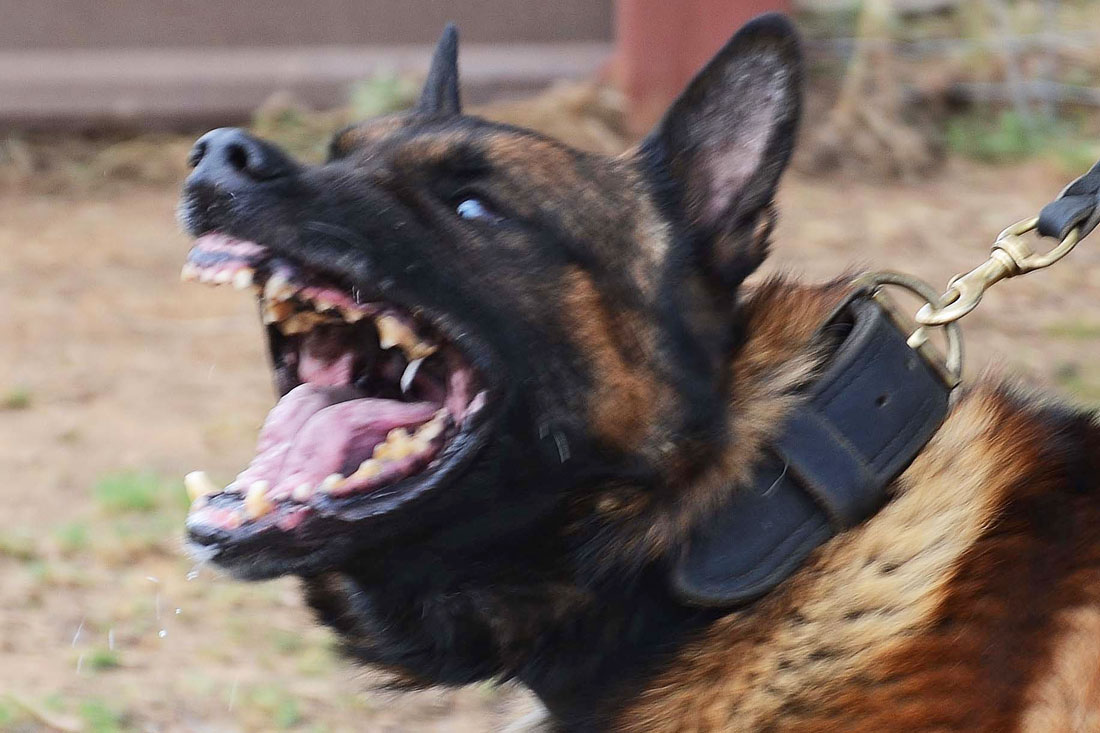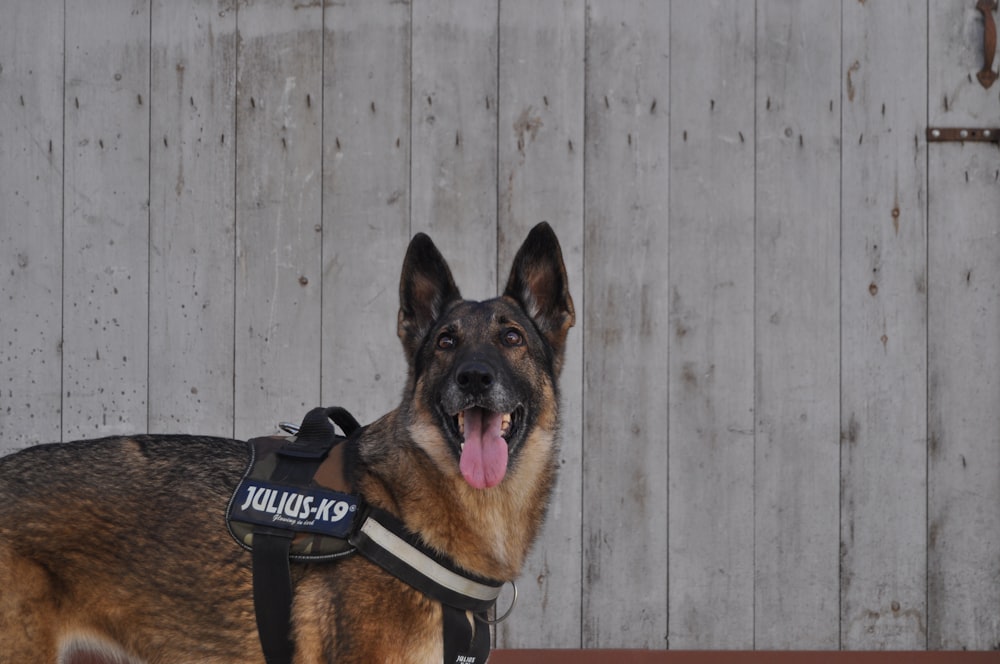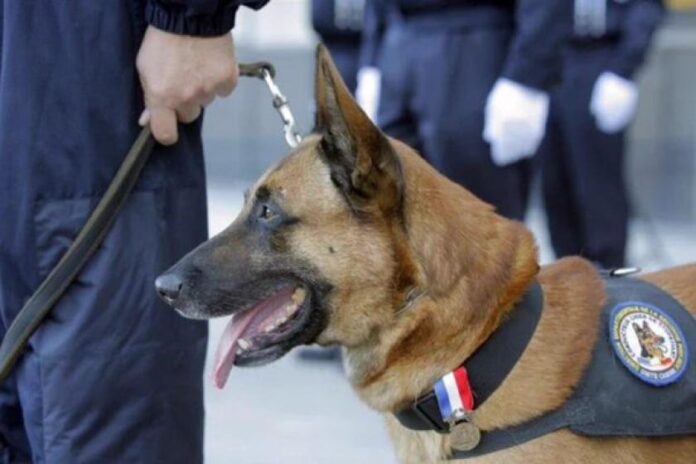Last Updated on September 13, 2021 by Fumipets
Have you observed that police dogs seem to be a little smaller and sleeker than in the past?
Belgian Malinois are rapidly gaining popularity as police dogs, with several departments replacing German Shepherds with them.
There are many compelling reasons why police officers prefer Belgian Malinois over German Shepherds or other breeds.
Why do police use Belgian Malinois? Belgian Malinois are used by police for a variety of reasons, including their physical appearance and disposition. Belgian Malinois are active, robust dogs with a strong work ethic and a desire to please their owners.
Here’s all you need to know about why Belgian Malinois are used by the police in the United States for a variety of tasks.
What Makes The Best Police Dog?
The police dog is a multi-talented working canine with the endurance to keep going all day. Scent work, biting work, or both may be taught to police dogs.
There are a few qualities that must be present in every police dog that will do both bite and smell job.
Self-Control
Many police canines were taught to be aggressive and may be tough to manage at one point. Those days are mostly behind us.
Today’s police dogs are taught to exhibit exceptional self-control so that they may be unleashed into a crowd and successfully take down a target without hurting bystanders.
When summoned back from an assault or pursuit, police dogs should have flawless recall.
Bravery
Every police dog will be required to put himself in circumstances in which they are aware that they are in danger.
Even if they realise they are physically outmatched, they must have the courage to launch an assault.
They must also be ready to rush into potentially hazardous situations without taking the time to assess the situation.

Agility And Strength
Police dogs must be powerful enough to take down an attacker and nimble enough to track down suspects even if they climb over obstacles, attempt to flee in a vehicle, and so on.
As a result, a good police dog must have both strength and agility.
Drive
The drive of a dog relates to how motivated he is to achieve a goal.
Because they must labour all day and be very devoted to learning tough and complex behaviour, police dogs must have a high level of drive.
Why Do Police Use Belgian Malinois?
Belgian Malinois are among the most agile dog breeds and have all of the qualities that make an excellent police dog.
They have a high level of work motivation and never-ending energy, allowing them to work all day and far into the night.
Furthermore, these dogs have a high level of courage and devotion to their masters, making them capable of dealing with any scenario that may arise in police service.

Belgian Malinois Vs. German Shepherds As Police Dogs
German Shepherds were formerly the norm for police dogs, but Belgian Malinois have lately taken their place in several districts.
For example, 75 percent of canines in the Los Angeles Police Department and the United States Military are Belgian Malinois.
There are a variety of reasons why Belgian Malinois are being used to replace German Shepherds in police service.
German Shepherds, on the other hand, are still an excellent choice for police work. Here are some points of comparison between them.
Athletic Ability
German Shepherds are smaller and less athletic than Belgian Malinois. They’re so strong that they can walk across a tightrope and climb a tree!
Surprised? Wait till you watch this video to see them in action.
While German Shepherds are larger, Belgian Malinois are so intense that they can pack a punch that a Shepherd can’t.
The German Shepherd is still a great option when you need a large, strong dog to take down a large person.
Work Drive
Belgian Malinois are much more motivated to work than Shepherds.
German Shepherds, like other herding breeds, are renowned for having a strong work ethic, but Belgian Malinois have an even stronger work ethic.
They work nonstop all day and seem to be virtually indestructible.
Belgian Malinois are also less prone to be distracted since they have a single-minded concentration on their job.

Health
On average, Belgian Malinois have fewer health issues than German Shepherds.
With a sloping back and angled hips, German Shepherds have a unique appearance. This is mainly owing to the fact that they have traditionally been bred primarily for display rather than labour.
Unfortunately, because of their form, they are more prone to hip and back issues.
Because training a police dog takes so much money and effort, it’s critical to invest in a dog that can perform for a long period once it’s been taught.
Smell
German Shepherds and Belgian Malinois have great senses of smell and are trained to work with scents.
Belgian Malinois, on the other hand, tend to have a greater work drive when it comes to sniffing for smells since they have a larger work drive in general.
The Belgian Malinois’ greater vitality and agility make them more likely to follow a scent wherever it goes, while a German Shepherd may be stopped by barriers.

Why are Belgian Malinois taking over as police dogs from German Shepherds?
Some law enforcement agencies, such as the Ventura County Sheriff’s Department, have no plans to convert from German Shepherds to Malinois.
They believe their Shepherds have a more stable and peaceful temperament than Malinois, and that they are capable of doing a good day’s job as police dogs while also mixing with children at school activities.
However, in most police agencies in the United States, this mindset is in the minority.
After all, the main objective is to have a dog that can do great work, and it’s difficult to dispute that the Belgian Malinois isn’t the superior worker of the two when it comes to the majority of the tasks that police dogs must do.
Some people believe the Belgian Malinois is too high-strung and won’t perform well amid crowds of pedestrians, however, handlers who deal with Belgian Malinois report that they are just as stable as German Shepherds with humans.
Belgian Malinois are replacing German Shepherds for a variety of reasons, one of which being their work ethic.
Belgian Malinois are cheerful and passionate about their job, and they are ready to work all day.
They are brave and completely dedicated to their handler. Their inherent intellect provides them with great self-control when properly trained.
When you consider that the Belgian Malinois is healthier than the German Shepherd, it’s no surprise that the Malinois is gaining favour in the United States.
Are German Shepherd Belgian Malinois Mixes Good Police Dogs?
Dogs may be purposefully bred between breeds to get at an ideal work dog in many fields that are very essential, such as seeing-eye dogs and police dogs.
For seeing-eye dogs, a Belgian Malinois mixed with a German Shepherd is an excellent working dog, as are other kinds of Golden Retriever and Labrador crosses. For police work, a Belgian Malinois crossed with a German Shepherd is an outstanding working dog.
Mixing the breeds brings out some of the finest qualities of each, although these characteristics are less predictable.
A mixed breed dog should ideally have the tenacity and excellent health of a Belgian Malinois, as well as the size and calm temperament of a German Shepherd.

Related Questions:
How Much Do Belgian Malinois Cost?
Each well-bred Belgian Malinois with some basic police training costs about $6,500. A decent functioning German Shepherd, on the other hand, may cost upwards of $10,000.
This is mainly due to the fact that Belgian Malinois have less inherent health issues, making it simpler to find a healthy one.
Are Labradors Good For All Types Of Police Work?
Labrador retrievers are well-known as America’s favourite dog, and although they are suitable for certain types of police work, they are not suitable for any kind of biting job.
Labradors are social animals that have never met a stranger. It’s just not in their nature for them to display the kind of aggressiveness needed for biting work.


















